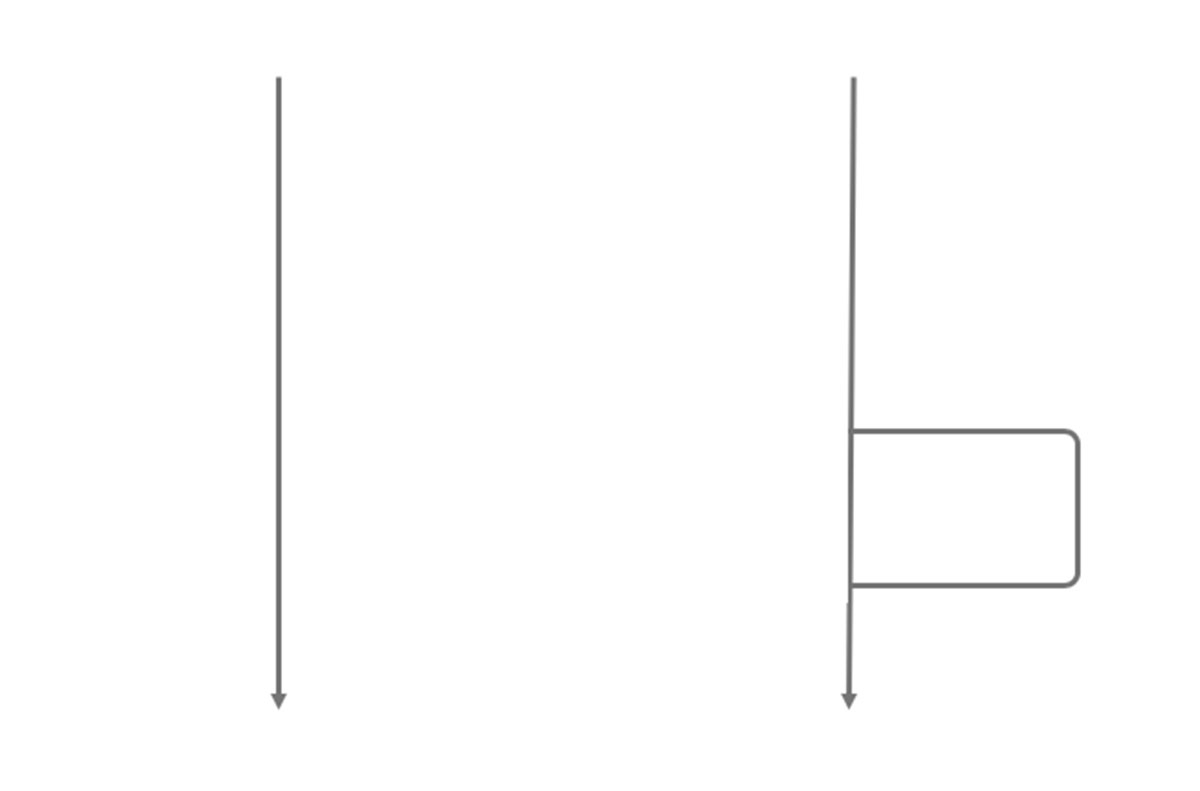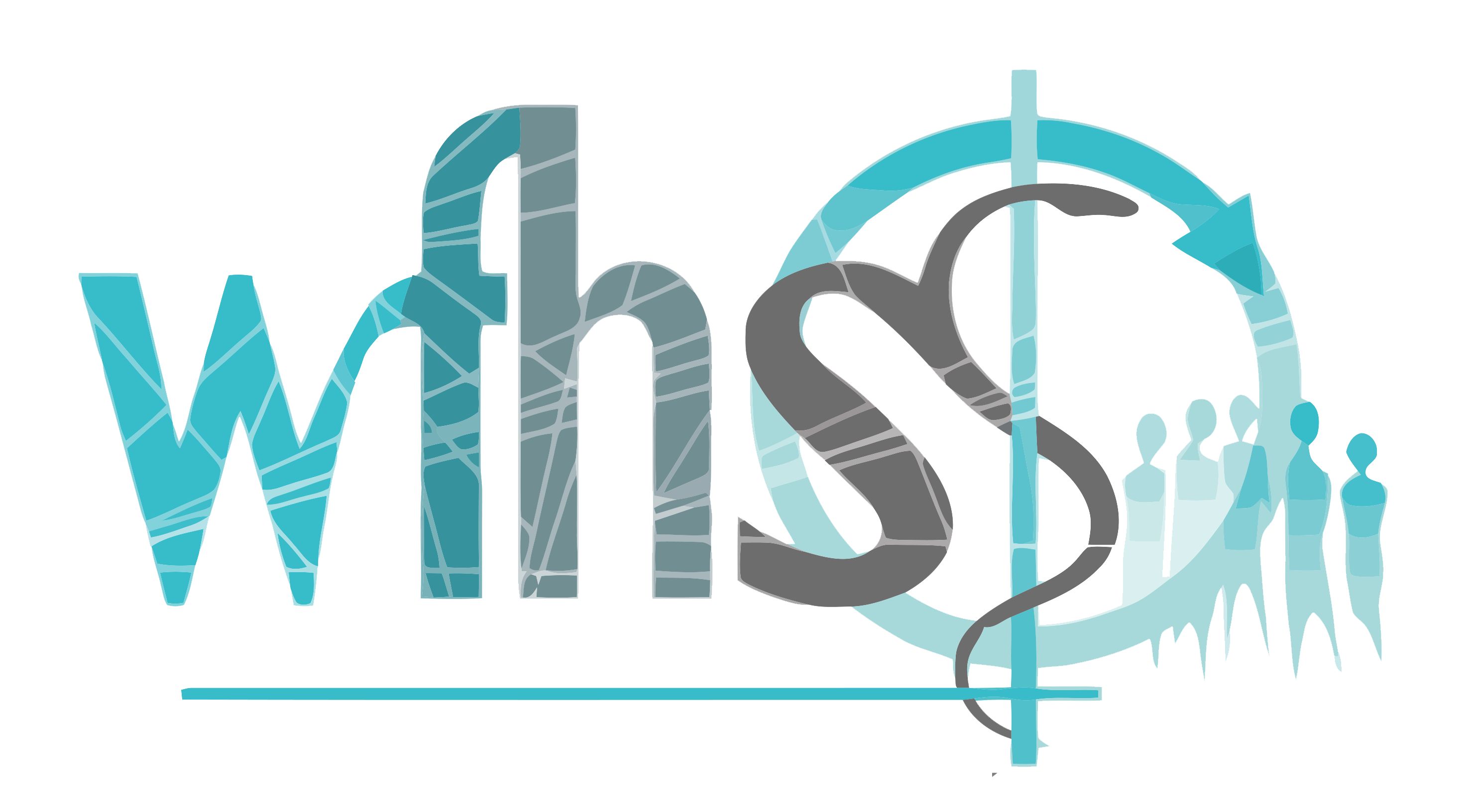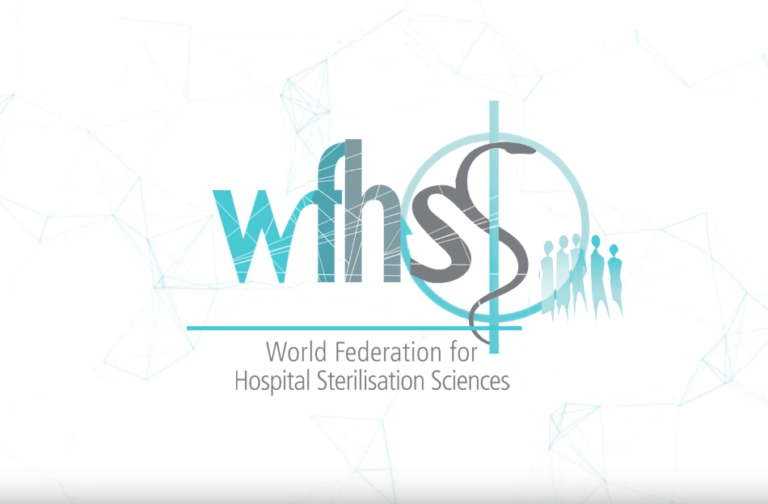Tranport of Reusable Medical Devices (RMD) takes place:
- After point of use processing. An RMD is transferred to the sterilization department or to a reprocessing room for disinfection. The contaminated RMD’s are enclosed in a container. Precautions are taken to avoid any infection control breaches or RMD damages during transportation.
- After sterilization or disinfection. After terminal sterilization, sterile RMD’s protected by packaging are transported to the storage area, or if intended for immediate use, to the point of use. After non-terminal sterilization or disinfection, unprotected RMD’s are transferred to the point of use or temporary storage. Transfer takes place within a certain time frame and under conditions that limit the risks of recontamination.
![]() In countries with prion measures, at risk RMD’s are separated from other instruments, clearly identified and transferred according to local regulation.
In countries with prion measures, at risk RMD’s are separated from other instruments, clearly identified and transferred according to local regulation.
Contaminated transport containers: RMD’s are visibly differentiated from sterile or disinfected items. Whatever the type of transport, contaminated items do not use the same transport pathway as of sterile or disinfected items.
- On-site transport by hand, or on trolley or transport cart : contaminated devices containers follow designated routes to avoid high-traffic and patient care areas. Transport carts and tables are large enough for all packages to be placed flat without extending beyond the edge of the cart shelf or table surface. Contaminated and sterile or disinfected items are never placed together on a cart or trolley. When trolleys are used alternately to transport contaminated and decontaminated items, they are reprocessed between each use according to a trolley manufacturer’s instructions for use (IFU). Carts are designed and made of material that allow easy, preferably automated cleaning. If trolleys leave an air controlled area, they are to be closed and under supervision. Reusable covers for carts or other transport vehicles are cleaned after each use and have a reclosable opening.
- On site automated cart distribution systems and pneumatic systems : By design, contaminated routes and sterile routes are different. Operation is supervised by authorized staff. Equipment is cleaned and disinfected according to manufacturer’s IFU’s.
- On site transport in lifts : Lifts are dedicated to either contaminated RMD or sterile and disinfected RMD. Lifts are large enough to allow the containers to be positioned securely. Lifts are designed for easy cleaning and cleaned on a routine basis, according to the organization’s policy. Dedicated, clean lifts should be located in areas designated as “clean.” Sterile packages are contained in a closed bin, a closed case cart, or a plastic bag.
- Off-site transport : Vehicles are preferentially dedicated to RMD transport. If the vehicle is being used to transport both contaminated and decontaminated devices, contaminated and decontaminated devices are placed in separate, secure areas of the vehicle. The design and materials used in the construction of all transport vehicles (motorized or manual) allow appropriate cleaning and disinfection. The storage compartment is completely enclosed. Vehicles are customized for ease of loading and unloading. Carts are secured within the vehicle to prevent damage or contamination by spills. Vehicles that are loaded and ready for transport are not left unattended in unsecured areas.
All RMD’s are transported with care. Containers used to transport contaminated items by hand are carried parallel to the floor to avoid spills and RMD shifting.
Transport operators are appropriately educated on risks related to handling of loads.
Transport operators in charge of contaminated items receive appropriate education on risks related to the contaminated content of transport containers.
Personal protection equipment and biohazardous spill kits are available in transportation vehicles.
![]() Local regulation may apply for off-site transportation of hazardous material and infectious substances.
Local regulation may apply for off-site transportation of hazardous material and infectious substances.
After disinfection or non-terminal sterilization, RMD’s are protected from environmental and handling contamination. Transfer occurs in controlled conditions. Level of precaution is linked to the intended use of the RMD according to Spaulding classification principles.
After terminal sterilization, sterile RMD’s are protected by their packaging. Precautions are taken to avoid breach or damages of the packaging. Damages are systematically reported.
Transport standard operating procedures (SOP’s) are prepared in accordance with quality management principles.
A risk analysis is performed. Packaging is adapted to transport conditions. Risk analysis also evaluates transport challenges such as excessive humidity, condensation caused by exposure to temperature extremes, dust and dirt, excessive air pressures, and microorganisms.
Transport process validation manages that :
- Training is executed, and training certificates are available for both internal and external staff (if transport is outsourced).
- Occupational health and safety measures are in place; in particular for transport of contaminated RMD’s
- SOP’s are up to date and include risk analysis outcomes.

WFHSS recommendations for transport
- Contaminated and sterile or disinfected items follow different routes
- Transport personal (employed by the healthcare facility or external) receives appropriate occupational health and safety education on contamination and load handling risks
- Transport is implemented according to quality management principles and undergoes process validation. A risk analysis is driven to adapt packaging to transport conditions.
Switch in landscape mode to use the flowchart

RMD after point of use processing
Go to Transport– Key principles →
1 of 12 Transport of soiled RMDBy trained operators personal aware of contamination risks
Go to Transport of RMD after use →
2 of 12 RMD in reprocessing unitRMD after point of use processing
Go to Transport – Key principles →
3 of 12 RMD in reprocessing unitPackaged sterile RMD or disinfected RMD
Go to Transport– Key principles →
4 of 12 Transport of sterile or disinfected RMDBy trained operators personal
Go to transport of RMD after disinfection or sterilization→
5 of 12 Storage areaRMD in sterile packaging
Go to transport key principles →
6 of 12 Reprocessing at point of useCare unit or operating theatre
Go to Transport key principles →
7 of 12According to transport SOP
Go to![]() WFHSS recommendation for transport →
WFHSS recommendation for transport →
Traceability and controls
Go to Transport and quality →
9 of 12According to SOP’s
Go to![]() WFHSS recommendation for transport →
WFHSS recommendation for transport →
According to SOP’s
Go to transport of RMD after disinfection or sterilization →
11 of 12Traceability and controls
Go to Transport and quality →
12 of 12- ISO 17664-1: Processing of health care products — Information to be provided by the medical device manufacturer for the processing of medical devices (2017)













